Mark S. Drew
Illumination-Invariant Image from 4-Channel Images: The Effect of Near-Infrared Data in Shadow Removal
May 04, 2020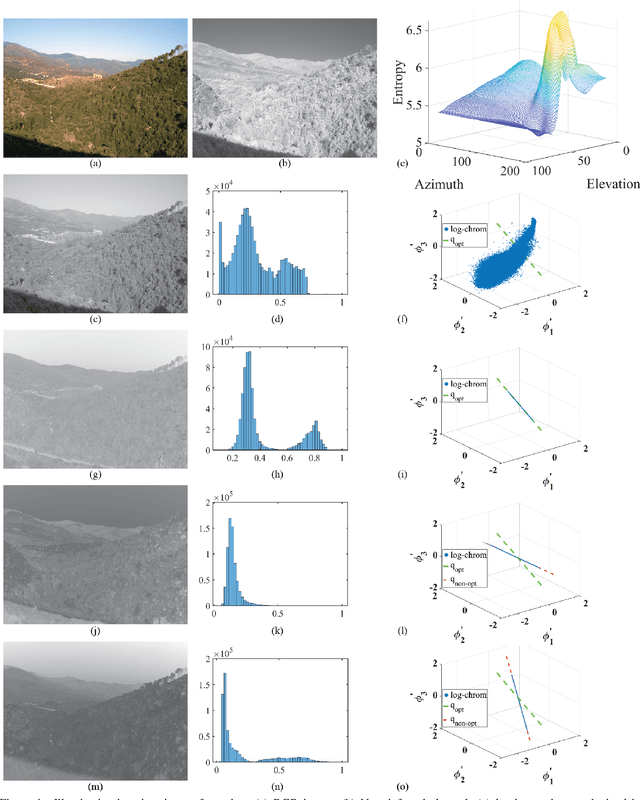
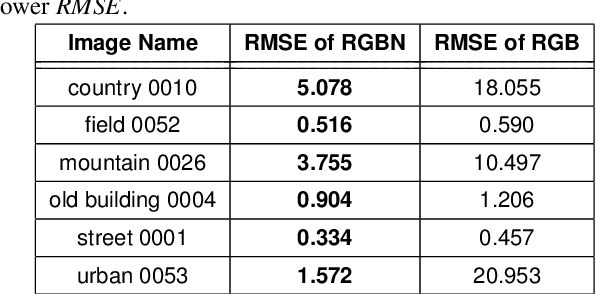
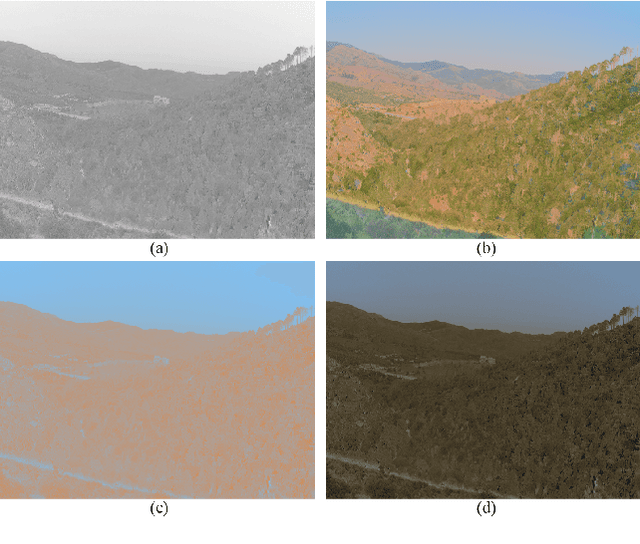
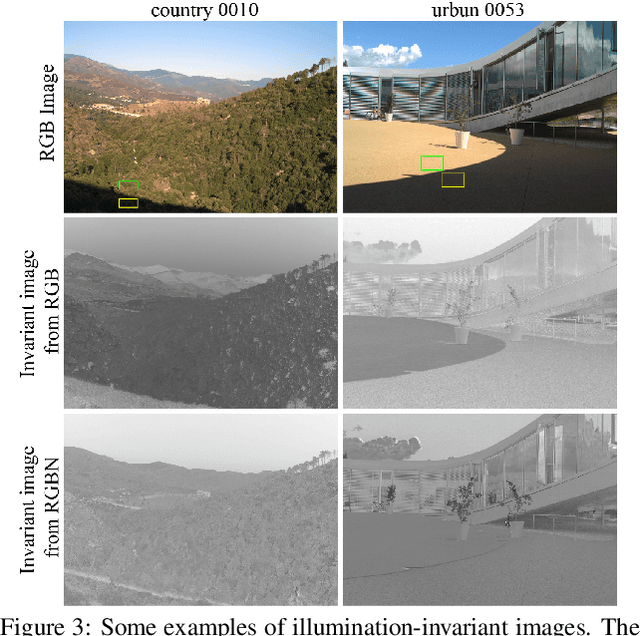
Abstract:Removing the effect of illumination variation in images has been proved to be beneficial in many computer vision applications such as object recognition and semantic segmentation. Although generating illumination-invariant images has been studied in the literature before, it has not been investigated on real 4-channel (4D) data. In this study, we examine the quality of illumination-invariant images generated from red, green, blue, and near-infrared (RGBN) data. Our experiments show that the near-infrared channel substantively contributes toward removing illumination. As shown in our numerical and visual results, the illumination-invariant image obtained by RGBN data is superior compared to that obtained by RGB alone.
Illumination-based Transformations Improve Skin Lesion Segmentation in Dermoscopic Images
Mar 23, 2020



Abstract:The semantic segmentation of skin lesions is an important and common initial task in the computer aided diagnosis of dermoscopic images. Although deep learning-based approaches have considerably improved the segmentation accuracy, there is still room for improvement by addressing the major challenges, such as variations in lesion shape, size, color and varying levels of contrast. In this work, we propose the first deep semantic segmentation framework for dermoscopic images which incorporates, along with the original RGB images, information extracted using the physics of skin illumination and imaging. In particular, we incorporate information from specific color bands, illumination invariant grayscale images, and shading-attenuated images. We evaluate our method on three datasets: the ISBI ISIC 2017 Skin Lesion Segmentation Challenge dataset, the DermoFit Image Library, and the PH2 dataset and observe improvements of 12.02%, 4.30%, and 8.86% respectively in the mean Jaccard index over a baseline model trained only with RGB images.
Camera Calibration for Daylight Specular-Point Locus
Dec 12, 2017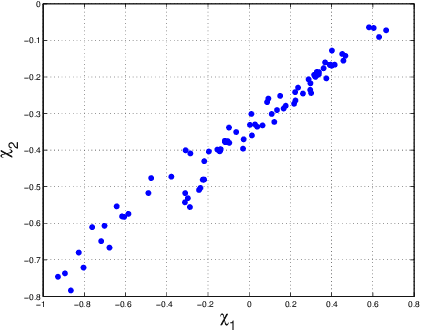
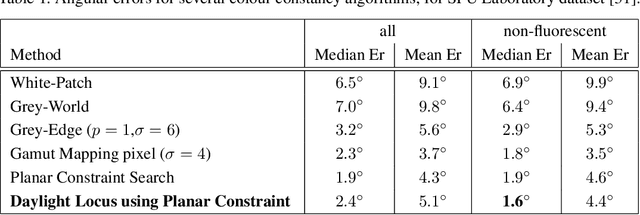
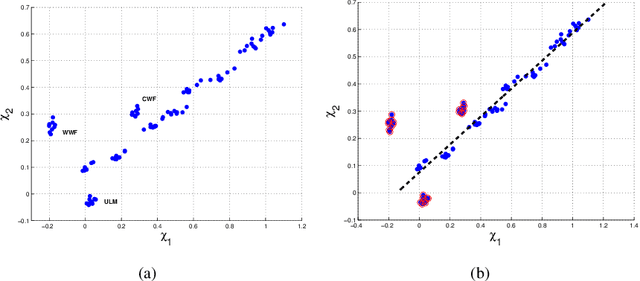
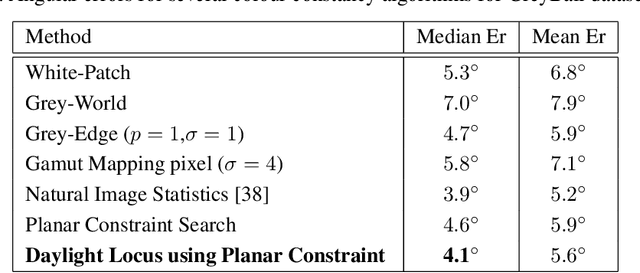
Abstract:In this paper we present a new camera calibration method aimed at finding a straight-line locus, in a special colour feature space, that is traversed by daylights and as well also approximately followed by specular points. The aim of the calibration is to enable recovering the colour of the illuminant in a scene, using the calibrated camera. First we prove theoretically that any candidate specular points, for an image that is generated by a specific camera and taken under a daylight, must lie on a straight line in log-chromaticity space, for a chromaticity that is generated using a geometric-mean denominator. Use is made of the assumptions that daylight illuminants can be approximated using Planckians and that camera sensors are narrowband or can be made so by spectral sharpening. Then we show how a particular camera can be calibrated so as to discover this locus. As applications we use this curve for illuminant detection, and also for re-lighting of images to show they would appear under lighting having a different colour temperature.
Learning to Detect Blue-white Structures in Dermoscopy Images with Weak Supervision
Jun 30, 2015



Abstract:We propose a novel approach to identify one of the most significant dermoscopic criteria in the diagnosis of Cutaneous Melanoma: the Blue-whitish structure. In this paper, we achieve this goal in a Multiple Instance Learning framework using only image-level labels of whether the feature is present or not. As the output, we predict the image classification label and as well localize the feature in the image. Experiments are conducted on a challenging dataset with results outperforming state-of-the-art. This study provides an improvement on the scope of modelling for computerized image analysis of skin lesions, in particular in that it puts forward a framework for identification of dermoscopic local features from weakly-labelled data.
 Add to Chrome
Add to Chrome Add to Firefox
Add to Firefox Add to Edge
Add to Edge